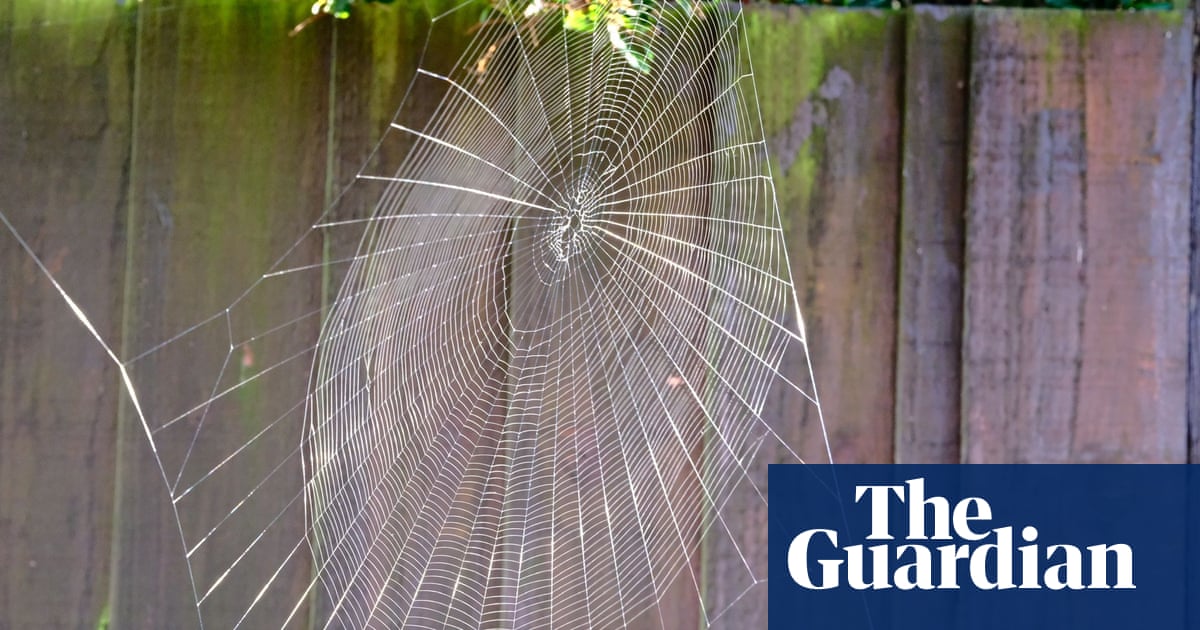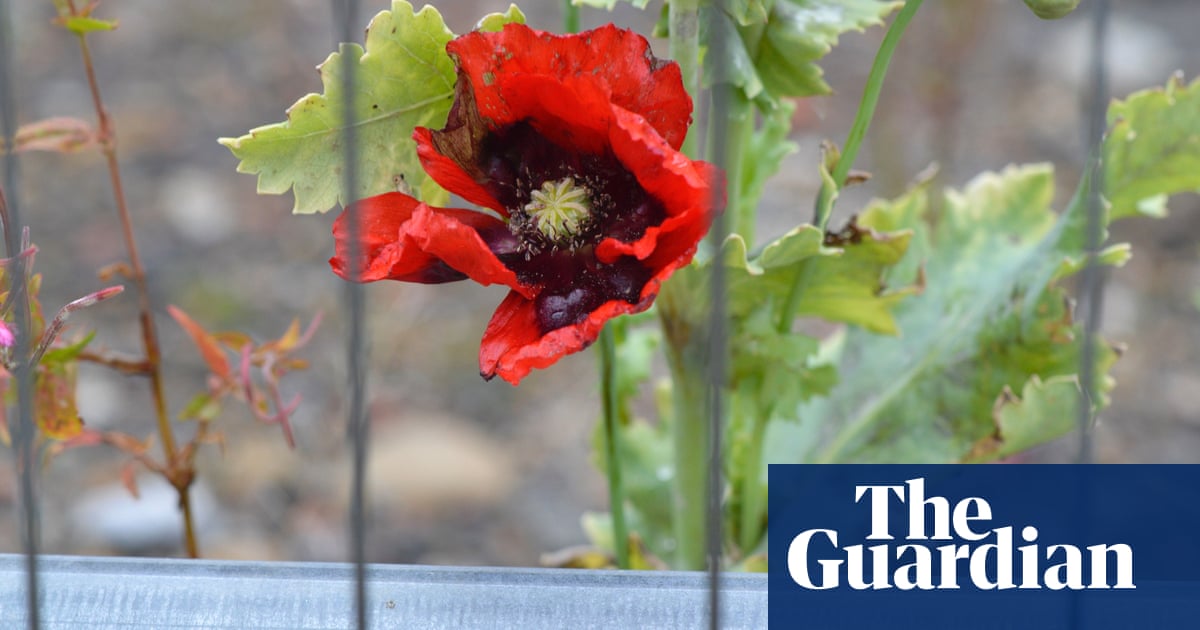
Empingham Marshy Meadows has transformed since April, the spring flora being succeeded by clouds of fragrant meadowsweet along the damp sedgy bottom of the valley, and on the slopes by bird’s-foot trefoil and buttercups.
Although they are the national flower of Scotland, we undercelebrate thistles, their subtle shades and spiky architectures. Here, in addition to mauve-flowered spear thistles and shiny-leaved lavender creeping thistles, there are at least two less ubiquitous species present. Marsh thistles dominate along the edge of the damper soils; their extra-prickly stems shoot up 2 metres and curve over at the apex, where exceptionally nectar-rich clusters are frequented by a stream of bumblebees. A significant proportion of the plants here are of a pale genetic form, with the usual purple tint lacking from their stems and leaves, and sporting only flowers of the most delicate lilac.
The second specialist is the almost stemless dwarf thistle; with a touch of cerise in its flowers, this is the most vivid in colour. Sheep fields west of the village host a fifth species: the magnificent musk thistle, with its drooping, satsuma-like, royal purple blooms.
Seven young white and black dappled Friesians have arrived and are lazing in the meadow. There is plenty of sward for them to consume, and doing so will ensure that the flowering herbs don’t get crowded out by grass and shrubs.
One thing guaranteed to set a flutter in my chest is the moment that a butterfly’s wings unlock and reveal an unexpected picture; the dazing instant where the routine becomes the exceptional. I spy a whiteish butterfly on a yarrow umbel; as I approach its wings snap open, revealing the chequerboard patterning of a marbled white. Like the dwarf thistle, it is primarily a denizen of chalky grasslands in the south-east and a rare sight in the east Midlands.
As we depart, a couple pass in the opposite direction. “I don’t even know what a painted lady butterfly looks like,” the woman says. I hope she finds out, and in a moment as satisfactory as the one I have just had. Perhaps she will spot one drinking nectar from a purple vessel and laying its eggs on the stem – the caterpillar of this international migrant consumes thistles.












